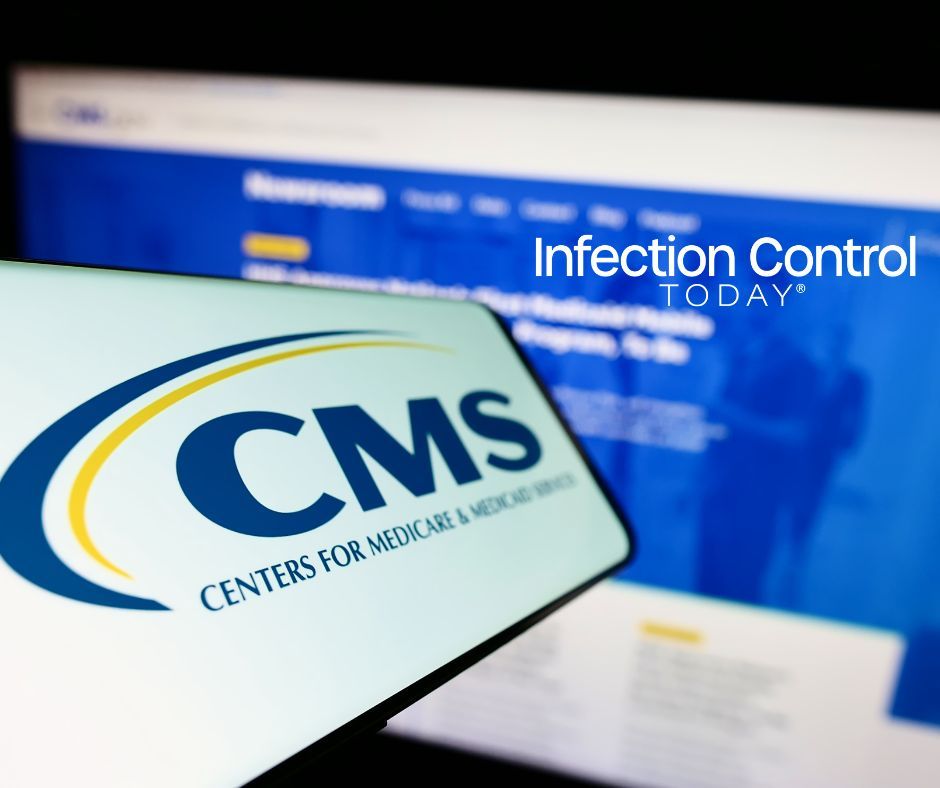
Implementation of CMS QSO-24-08-NH for Long-Term Care: An Explanation
Check out Infection Control Today's PowerPoint that explains updates to the long-term care enhanced barrier precautions (EBP) requirements from the CMS.
The CDC introduced Enhanced Barrier Precautions (EBP) to address this issue in 2019. This approach was designed to decrease the transmission of CDC-targeted and epidemiologically important MDROs without implementing full contact precautions, which can negatively impact residents' quality of life. Instead of restricting residents to their rooms, EBP involves using gowns and gloves for specific high-contact care activities, thereby maintaining a more homelike environment.
In July 2022, the CDC released updated EBP recommendations to improve
infection prevention and control practices in nursing homes. The new guidelines, which went into April 1, 2024, extend EBP to include residents with chronic wounds or indwelling medical devices, irrespective of their MDRO status. This expansion is critical as more than 50% of nursing home residents may be colonized with an MDRO, according to the Healthcare Infection Control Practices Advisory Committee (HICPAC).
To help teach the information from this update, Adriana Casale, BSN, RN, ADNS, created a PowerPoint slideshow that other directors can use for Infection Control Today®. (Clicking on the link will download the PPF to your device.)
“My advice to SNFs is to be sure that the staff fully understand the "why" behind what they are being asked to do; this will promote adherence,” Casale said. “I began with education and competency to ensure understanding of the information. I created a competency to ensure the information was understood. I then developed a policy and procedure for this new process. I identified all residents in-house to whom EBP would apply. I created signage, as staff will need to be aware of those on EBP. Orders and care plans were entered. At this point, the nursing department will carry this forward when accepting an admission (Does this new admit require EBP?) and routinely throughout their work (if they identify a pressure wound during skin checks or if they receive orders to insert a Foley, etc).”
The updated recommendations are incorporated into the Centers for Medicare & Medicaid Services (CMS) F880 Infection Prevention and Control regulation. These guidelines assist LTC surveyors in evaluating the use of EBP in nursing homes. The primary aim is to ensure that infection prevention measures are in place while also balancing the need to maintain a homelike environment for residents.
EBP is used in conjunction with standard precautions and involves the donning of gowns and gloves during high-contact resident care activities that provide opportunities for MDRO transmission. These activities include dressing, bathing, transferring, providing hygiene, changing linens, toileting, and wound care.
Residents who meet the criteria for EBP include those with:
- An infection or colonization with a CDC-targeted MDRO when contact precautions do not apply.
- Chronic wounds, such as pressure ulcers, diabetic foot ulcers, unhealed surgical wounds, and venous stasis ulcers.
- Indwelling medical devices, such as central lines, urinary catheters, feeding tubes, and tracheostomies.
Facilities have some discretion in implementing EBP, especially for residents not specifically targeted by the CDC. The goal is to maintain a balance between effective infection control and preserving a homelike environment. PPE and alcohol-based hand rub should be readily accessible to staff, and facilities are encouraged to use creative methods to discreetly alert staff about residents requiring EBP.
Surveyors will evaluate the use of EBP when reviewing sampled residents, focusing on CDC-targeted MDROs. CMS will update associated survey documents to reflect the new guidelines. Additional information about CDC-targeted MDROs and current EBP recommendations is available on the CDC’s website.
EBP represents a crucial strategy in preventing MDRO transmission in long-term care facilities while minimizing the impact on residents' quality of life. By adhering to updated CDC guidelines and ensuring proper implementation, LTC facilities can better protect their residents and staff from the risks associated with MDROs.
Newsletter
Stay prepared and protected with Infection Control Today's newsletter, delivering essential updates, best practices, and expert insights for infection preventionists.







